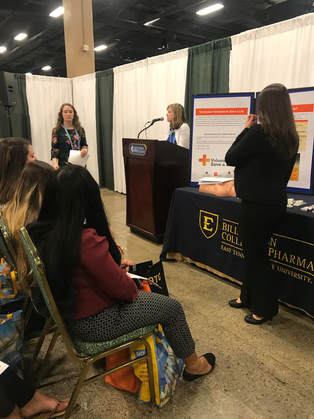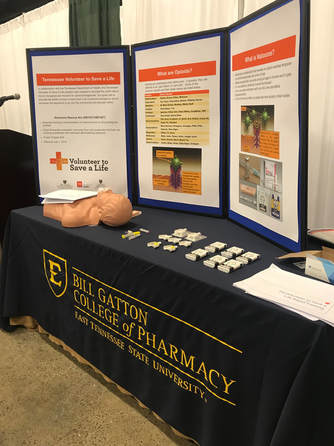Participate in Health Policy and Advocacy Projects
Advocacy is an essential element of professional identity in nursing. Patients depend on the nursing profession to take action that ensures a high standard of nursing care for all patients. Although NSNA is not a lobbying organization. members develop policies as part of the resolutions process. These policies serve to educate nursing students about public health actions needed at the local, state and national levels of government. As NSNA Leaders, students learn to practice essential leadership skills by participating in the NSNA Health Policy and Advocacy program.
Health Policy and Advocacy Project Activities

- Establish a Health Policy and Advocacy Committee, or;
- Serve as a member of the school chapter or state Health Policy and Advocacy Leadership Team (i.e., Committee; Board of Directors/Executive Board).
- Accomplish the goals and objectives of the Health Policy and Advocacy Committee.
- Incorporate the 4 signposts of Professional Identity in Nursing into your leadership formation.
- The Value and Ethics guide our conduct as students and professional nurses.
- The Knowledge of Core Values plus the Code of Ethics guides us to analyze and apply critical reflection of our experiences based on scientific evidence.
- Leadership inspires us as leaders to motivate others to learn about and practice the Core Values and Code of Ethics as we form our professional identity in nursing.
- Professional Comportment – as nursing students we learn how to think, act and feel like a nurse, we demonstrate and apply Core Values and Ethics in our evolving professional identity.
By participating in this activity, you will be able to:
|
Haley Ann Donnerstag, NSNA 2022-2023 Director and Chair, Health Policy and Advocacy Committee speaks on "We Are the Future" during the 2022 NSNA Leadership U Summer Summit.
|
Health Policy & Advocacy Projects Learning Objectives:
|
Health Policy and Advocacy Projects Committee Responsibilities*
|
For a list of attributes and competencies for future nurse leaders and managers, click here.
For a FREE version of the Leadership Assessment for Student Nurses, click here.
For a FREE version of the Leadership Assessment for Student Nurses, click here.
Copyright © 2024



